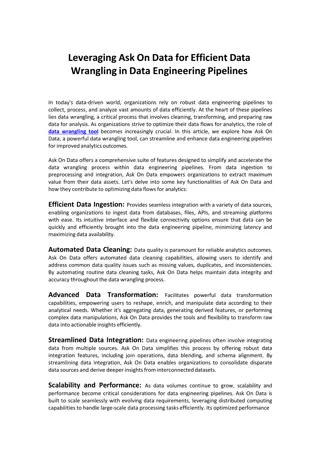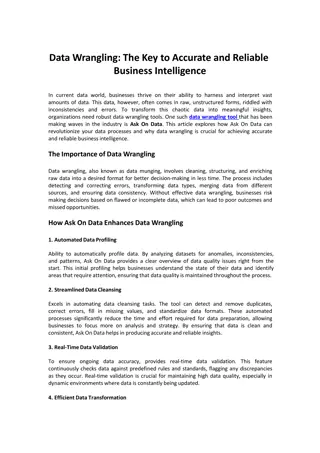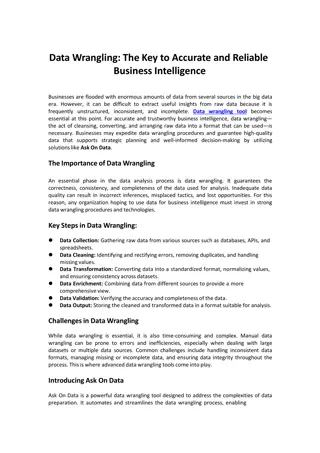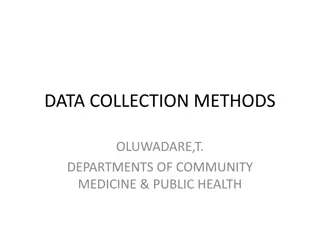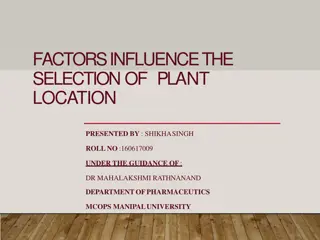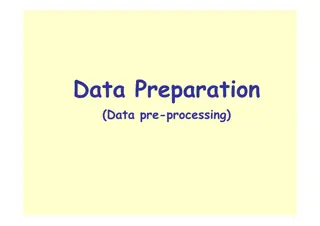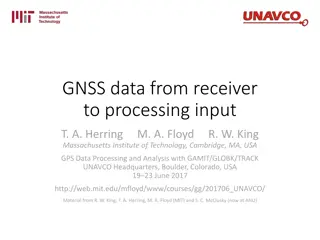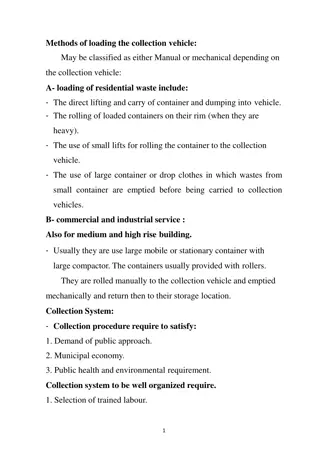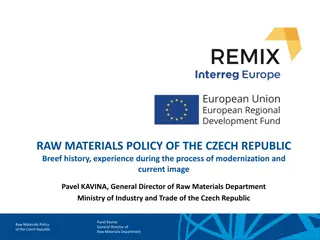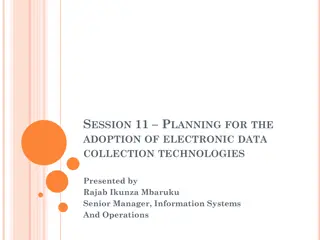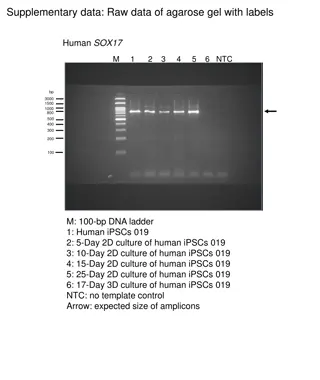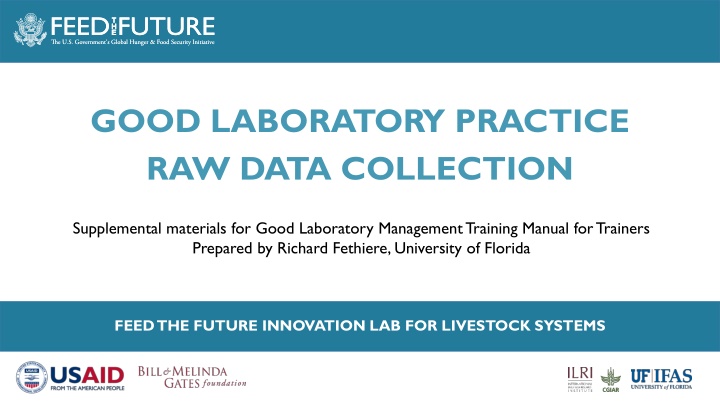
Effective Data Collection Practices in Laboratory Management
Learn the importance of raw data collection in laboratory management, including documentation guidelines and best practices to ensure data integrity and validity. Explore supplemental materials and training resources for trainers in the field of laboratory management. Consult the comprehensive Good Laboratory Management Training Manual for detailed guidance.
Download Presentation

Please find below an Image/Link to download the presentation.
The content on the website is provided AS IS for your information and personal use only. It may not be sold, licensed, or shared on other websites without obtaining consent from the author. If you encounter any issues during the download, it is possible that the publisher has removed the file from their server.
You are allowed to download the files provided on this website for personal or commercial use, subject to the condition that they are used lawfully. All files are the property of their respective owners.
The content on the website is provided AS IS for your information and personal use only. It may not be sold, licensed, or shared on other websites without obtaining consent from the author.
E N D
Presentation Transcript
GOOD LABORATORY PRACTICE RAW DATA COLLECTION Supplemental materials for Good Laboratory Management Training Manual for Trainers Prepared by Richard Fethiere, University of Florida FEED THE FUTURE INNOVATION LAB FOR LIVESTOCK SYSTEMS Photo Credit Goes Here
Background Importance of data collection Documentation: Raw data and data collection
IMPORTANCE OF DATA COLLECTION Data is what is left at the end of the study In a sense, data is the only tangible result of the scientific inquiry The data will be reported in a final report Data will be removed to the archives for safekeeping at the end of the study
DOCUMENTATION: RAW DATA AND DATA COLLECTION Remember: Lost/inaccurate data may invalidate the study Collect data on prepared forms so they indicate WHAT was done HOW it was done WHEN it was done WHO collected the data
HOW Data should show that methods were As indicated in the protocol and SOP Not compliant with the protocol SOP were recorded
WHEN Data should show Timing as per protocol data/hours Any deviations from protocol/schedule were recorded
WHO Data should show Identity of operators Identity of data recorder(s) Identity of verifiers / correctors
GENERAL RULES FOR DATA COLLECTION DATA Leave audit trail Never use pencil Never use white out Never correct data if you do not explain why Sign and date every change (keep the log)
Consult the Good Laboratory Management Training Manual for Trainers https://livestocklab.ifas.ufl.edu/resources/glp/ Direct link to manual in PDF: https://livestocklab.ifas.ufl.edu/media/livestocklabifasufledu/pdf-/MANUAL- Fethiere_UF_Good-lab-management-practices_2022.pdf
Feed the Future Innovation Lab for Livestock Systems https://livestocklab.ifas.ufl.edu/ https://livestocklab.ifas.ufl.edu/ (Subscribe to newsletter) livestock-lab@ufl.edu livestock-lab@ufl.edu Disclaimer This work was funded by the United States Agency for International Development (USAID) Bureau for Food Security under Agreement #AID-OAA-L-15-00003 as part of Feed the Future Innovation Lab for Livestock Systems, and by the Bill & Melinda Gates Foundation OPP#1175487. Any opinions, findings, conclusions, or recommendations expressed here are those of the authors alone.

